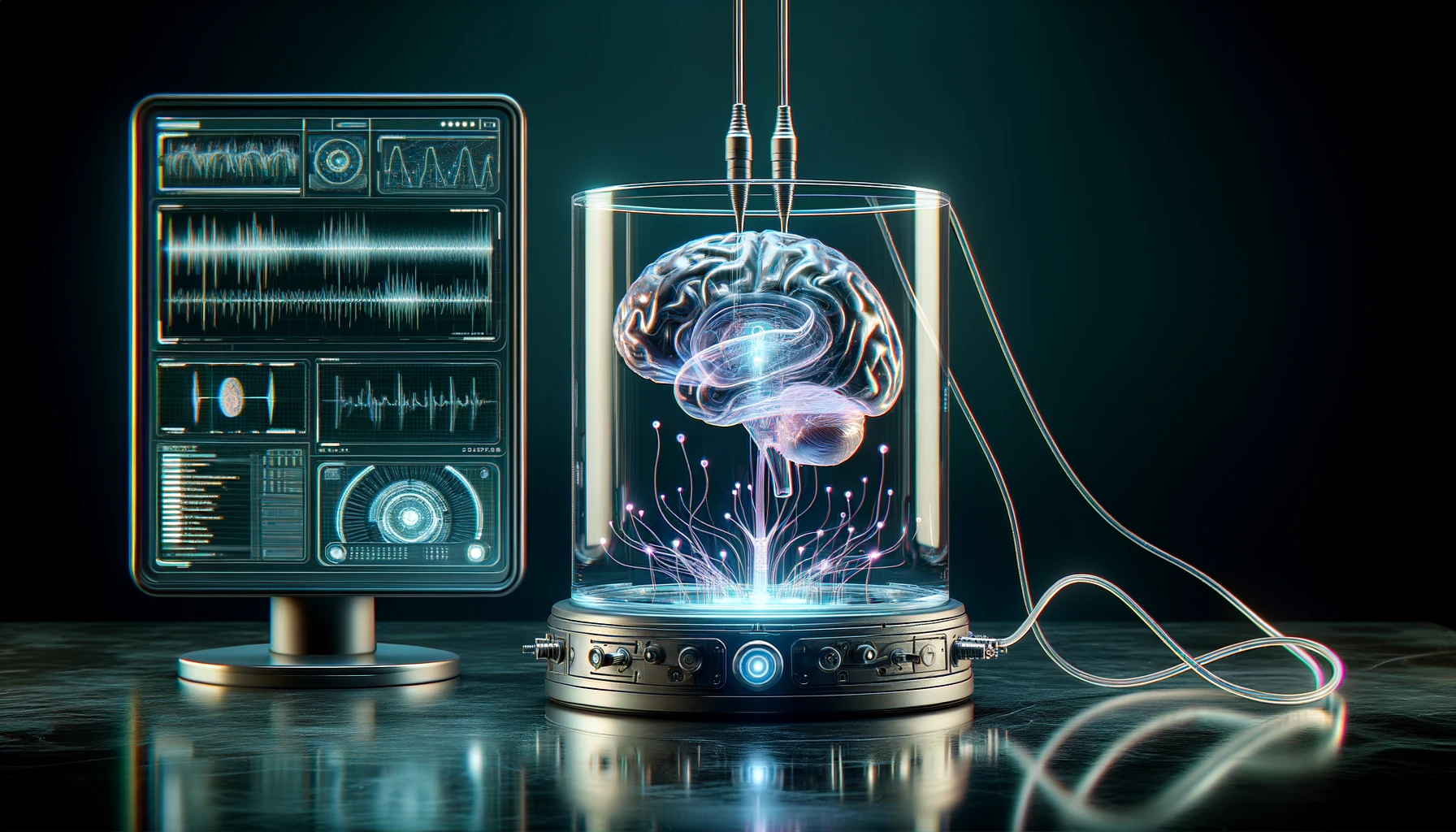In an era where every day brings new technological marvels, few have been as provocative and ambitious as Elon Musk’s Neuralink. Billed as the next step in merging man and machine, Neuralink proposes a future where humans interface directly with devices and potentially even each other using their brains. But does this ambitious venture signal the dawn of a new epoch in human evolution or raise ethical alarms about “hacking” our most vital organ? Let’s dive in.
1. Neuralink: The Vision At its core, Neuralink’s mission is straightforward but profound: developing ultra-high bandwidth brain-machine interfaces (BMIs). These BMIs are essentially a network of minuscule electrodes connected directly to the brain, designed to both monitor brain activity and send feedback directly to the brain.
2. Potential Benefits: Beyond Imagination The immediate applications of Neuralink are in medical science. The potential to address neurodegenerative disorders like Parkinson’s or Alzheimer’s is tantalizing. Imagine a world where paralysis victims regain mobility or the blind see again. Beyond medical applications, Musk envisions enhanced memory capacities, direct interfacing with computers, or even a new paradigm of communication that surpasses speech or written word.
3. Ethical Quandaries: Brain Hacking Concerns While the potential benefits are staggering, so too are the ethical concerns. The foremost of which is privacy. If our brains are directly interfaced with machines, does that render our very thoughts susceptible to surveillance, manipulation, or hacking? Could malicious entities “hack” our experiences or memories? And as with all new technologies, there’s the ever-present danger of it being weaponized.
4. The Science: Current Status and Hurdles While the vision is futuristic, the current state of Neuralink’s technology is nascent. In recent demonstrations, the company showcased a pig named Gertrude with a Neuralink chip implant, highlighting its capability to record neural activity. However, transitioning from such demonstrations to widespread human application is a monumental leap, fraught with both scientific and regulatory challenges.
5. Equity and Accessibility Another vital consideration is accessibility. Will such enhancements be available to all, or will they widen the existing socio-economic divides? In a world where neural enhancements are a reality, could we end up with a stratified society of those with enhanced capabilities and those without?
Conclusion:
Neuralink’s promise of a harmonious man-machine symbiosis is undeniably exciting. It conjures images of science fiction turning into reality. However, as we stand on the precipice of this new frontier, it’s crucial to tread with caution, ensuring that the line between enhancing human potential and infringing upon human rights remains inviolable. Whether viewed as the next step in human evolution or a potential Pandora’s box, Neuralink undeniably pushes us to rethink the very essence of what it means to be human.















